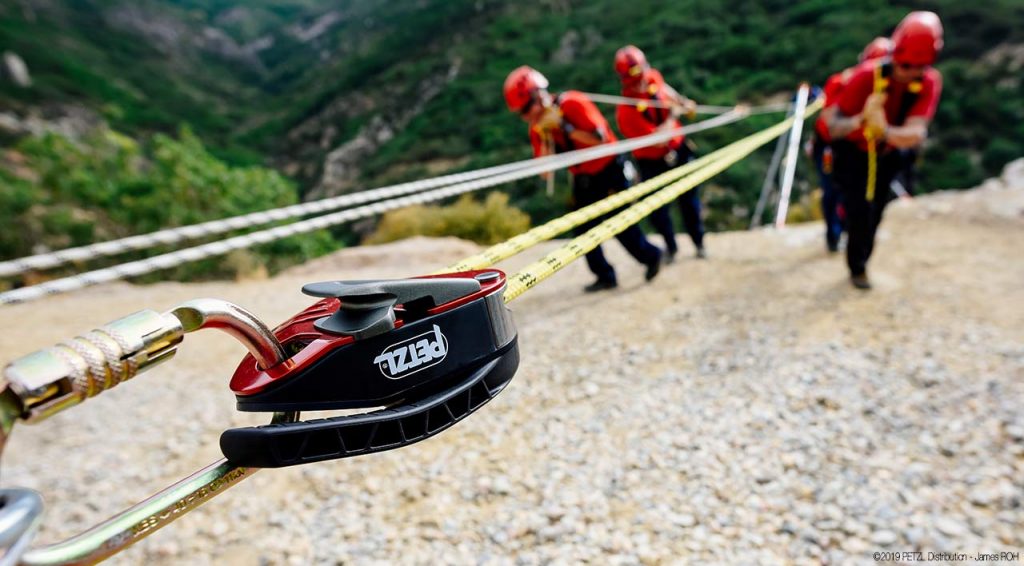
Since the progress capture is locked on the rope there must be a way to release it.

The problem is converting from a raising system to a lowering system. The rack is then removed and the load can be lifted. The rack is then unlocked and the rope is allowed to flow through it until the progress capture locks. The rope is locked in the brake bar rack, a pulley with progress capture (prusik hitch) is attached to the rope in front of it. Mariners: Converting from a lowering system to a raising system is very simple. This converts the pulley into a one way system allowing it to be used to safely raise a person. This friction hitch, traditionally tied as a three wrap prusik hitch, is attached to one side of the pulley. This is commonly done by using a short piece of rope to create a friction hitch. In order to prevent the load from falling a ‘progress capture’ is used.

If a load is lifted and the rope is released, there is nothing preventing the load from falling. The rope runs through them in both directions. Pulley: Pulleys allow a mechanical advantage system to be created in order to raise a rescuer and patient. The design of the brake bar rack allowed the friction to be adjusted to match the weight of the load.

It might start with a single person and change to two or more as a patient is attached. The load in a rope rescue system is dynamic. They allow the friction created to be adjusted allowing for a smooth descent without twisting the rope. Brake bar racks were originally designed for caving which can involve long descents of hundreds of meters. Rack: A brake bar rack was originally the descender of choice for rescue systems. RPM refers to the main components of the system: To perform the raising and lower a system know as Rack, Pulley, Mariners (RPM) was commonly used. A second independent rope, or belay line, backed up the main rope in case of a system failure. The main rope, or main line, was used to perform the raising and lowering operations. Traditionally a rope rescue system used two ropes. This decision is location dependent and is greatly influenced by the ability of medical care to respond. The team then has the option to continue to lower the rescuer and patient to the ground or lift them back up to where the team is located. The most common rope rescue scenario is a top down rescue where the team all starts at an elevated point and a rescuer is lowered to the patient. An easy way to think about the difference is in rope rescue work the ropes are moving whereas in rope access work the ropes are stationary and the technician moves up and down the rope. Rope rescue uses teams to raise and lower a rescuer and patient. Another major difference is rope rescue work is focused around team skills whereas rope access is mostly focused on individual skills.

We have previously written about some of the differences between rope rescue and rope access.


 0 kommentar(er)
0 kommentar(er)
